Kanazawa’s Chaya Districts: Etiquette and Experiences in Higashi, Nishi, Kazue-machi

vol. 05
Geisha Kochiyo-san: Kanazawa’s Living Encyclopedia
Geiko (geisha), Kochiyo-san
We experienced traditional tea house entertainment and learned about the world of chaya (tea houses). At this point, it was 8:30 PM, and we had about 30 minutes left before the gathering would end.
Finally, I asked Geisha Karako why she became a geisha and why regular Y-san and K-san frequent tea houses.
— So, Geisha Touko, you’ve mentioned that becoming a geisha is a tough path. What led you to choose the path of a geisha?
Touko: The inspiration came from my admiration for geishas. I majored in East Asian history at university, and I’ve always been interested in traditional culture. I also studied the flute when I was a child.
— I see.
Touko: However, although I was born and raised in Kanazawa, I had never visited the tea districts much. Interestingly, many locals have never been to the tea districts.
— It’s true that the tea districts might feel a bit distant for younger people.
Touko: When I was in university, I thought of the tea districts as just old townscapes, and I didn’t know that the culture of tea houses and geishas still existed.
— Until I came here today, I had the same perception.
Touko: Then, on my way back from flute practice, I happened to pass through the tea district and saw a geisha walking. That was the first time I saw a real geisha. I thought she looked so elegant.
— I see.
Touko: After that, I happened to see an interview with a geisha in the newspaper, where she mentioned that you can become a geisha even after graduating from university. I had always thought you had to start training at around 15 to become a geisha, so when I learned it wasn’t too late, I was excited.
— So, did you then decide to pursue it?
Touko: Yes, my flute teacher introduced me to the world of geishas, and I began my journey as a geisha.
A Call for Patrons to Uphold the Legacy
K-san (left), Y-san (right)
— Now, I’d like to ask Y-san and K-san, why do you frequent tea houses?
Y: If we’re just looking to drink, there are certainly cheaper places to go. But the value of going to a tea house is not just about money.
— What do you mean by that?
Y: At a tea house, you get to hear about the history of Kanazawa, relationships between people, and various interesting stories.
K: That’s true.
Y: I first visited a tea house when I was 32. Before that, I was working in China, and after returning to Kanazawa, a university senior took me there. Until then, I didn’t know such a world existed in my hometown.
— It’s true that tea house entertainment serves as a social space and can help with business networking, right?
Y: Famous people doing business in Kanazawa usually have experience visiting tea houses. The idea that connections are made at tea houses is still alive today.
— So it’s true.
Y: It’s also interesting and educational to hear stories from the geishas, like, “That person is famous now, but they went through such struggles back then.” The value of those stories is truly priceless.
K: I agree.
Y: It might sound a bit rude, but Kochiyo-san (Geisha Kochiyo) is like the living encyclopedia of Kanazawa.
(Everyone laughs)
Y: She knows people like the first president of the Kanazawa Junior Chamber of Commerce, who has been around for 67 years. When you think about it calmly, it’s amazing.
Y-san Enjoying the Rhythmic Beats of the Drums
But the charm of tea houses is not just about gathering information or networking.
The true appeal lies in the thoughtfulness of the geishas and the beauty of their art.
K: It’s a place where you can truly relax and experience traditional culture, something that’s hard to find elsewhere.
Y: Yes. And for young people who want to make Kanazawa, Ishikawa, and even Hokuriku more interesting, I think visiting a tea house can become a goal. “Let’s work hard enough to be able to enjoy tea house entertainment,” as a motivator.
— Being able to freely visit a tea house signifies economic success, right?
Y: Exactly. That’s why I want young people from Hokuriku to work hard enough to be able to visit a tea house and experience this space.
K: I completely agree. I think that once you experience tea house entertainment, you’ll realize how it expands your business and teaches you the sophistication of adulthood.
Kochiyo: People like Y-san and K-san, who run companies in Kanazawa, value the inheritance of Kanazawa’s traditional culture, and they practice things like the flute, drums, and long songs. At gatherings of such people, there are often scenes where they showcase their artistry.
However, the number of people who pursue these arts, not just geishas, has sadly decreased over time. I hope that both geishas and Kanazawa’s patrons continue to preserve and pass down these traditions.
The System of Second and Third Parties
The group heading to the second venue
At this point, the evening’s tea house entertainment came to a close. The interview had ended. Afterward, depending on the situation, there is sometimes a flow into the second and third parties.
Even after the interview ended that day, Y-san, in a refined manner, invited us, saying, “It would be rude to send you back after just one stop, especially since you’ve come from Toyama.”
So, the second party took place at a bar in the tea district, and the third party at a snack bar in Katamachi. During this time, Geisha Touko accompanied us in her kimono.
However, as K-san whispered to me, when geishas are taken to multiple locations, the budget tends to rise accordingly.
Curious about how this system works, I nervously asked Geisha Touko about it. She explained that after she spends time with us until a certain hour, she contacts the okami (the proprietress of the tea house), and the amount is then decided based on the duration.
It’s a world that truly operates on trust and relationships between the patrons, the geishas, and the okami.
By the way, Y-san and K-san, who were meeting me for the first time, completely hit it off after just two hours of tea house entertainment.
Tea house entertainment and the culture surrounding it are still somewhat mysterious. The rules, fees, and ways of enjoying it are not widely known.
Words like exclusive or insular came to mind, and I, as an outsider from another region, thought I would never be able to be involved in this hidden world.
However, through this interview, I realized that even travelers from outside the region could participate. It might seem contradictory, but I also felt that the allure of tea houses lies in the secrecy and exclusivity that come with being a “first-timer” or “outsider.”
It’s not that they’re being unkind or excluding others. The system in tea houses helps the patrons feel safe to open up and build lasting relationships with one another.
I truly felt that the value of this space cannot easily be replicated elsewhere.
(Chief Editor’s note: The interview was supposed to end here, but due to the COVID-19 pandemic, the social situation drastically changed after the interview. How will the tea districts navigate the impact of COVID? We followed up with an additional interview later. Stay tuned for the continuation.)

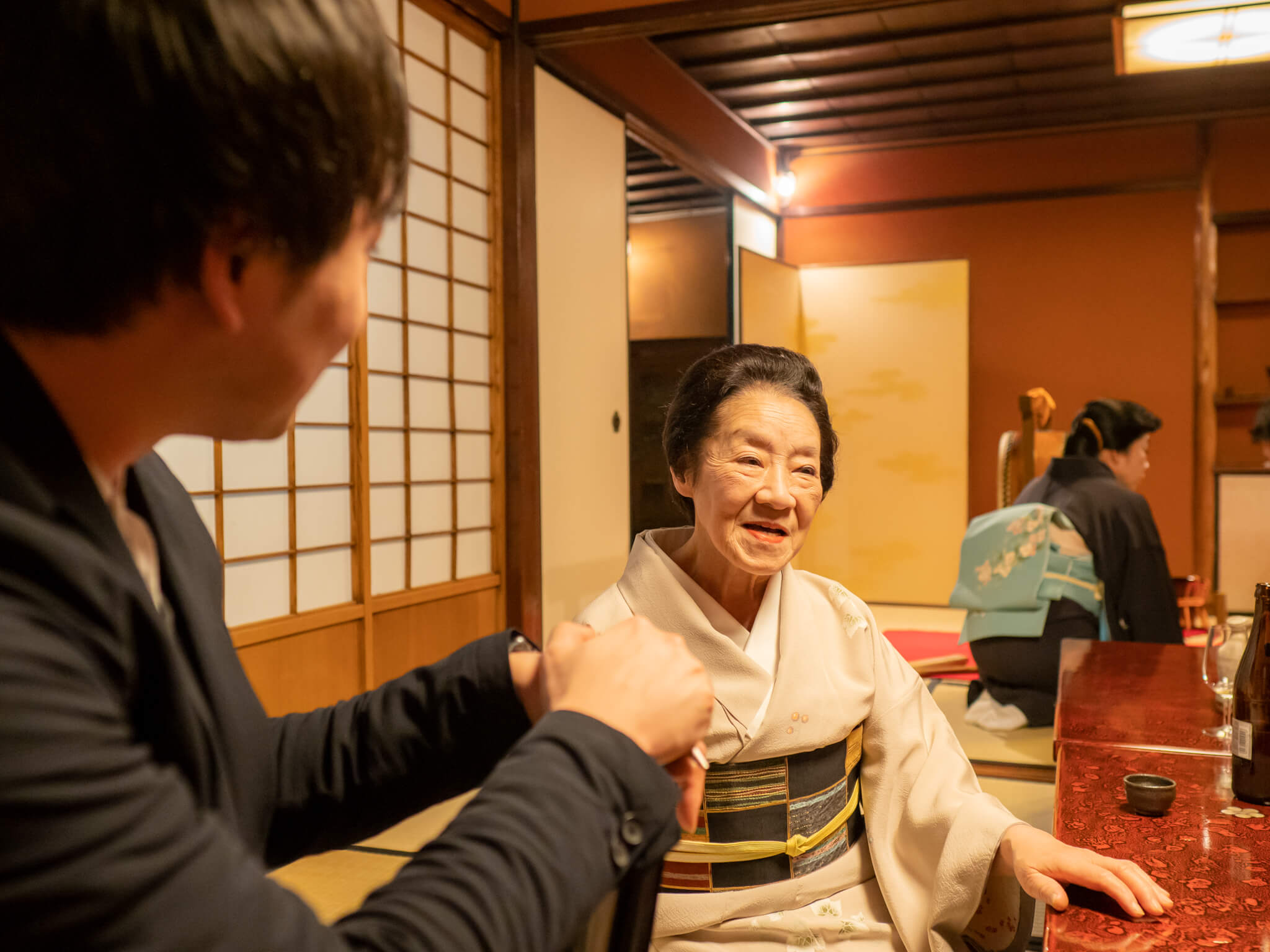

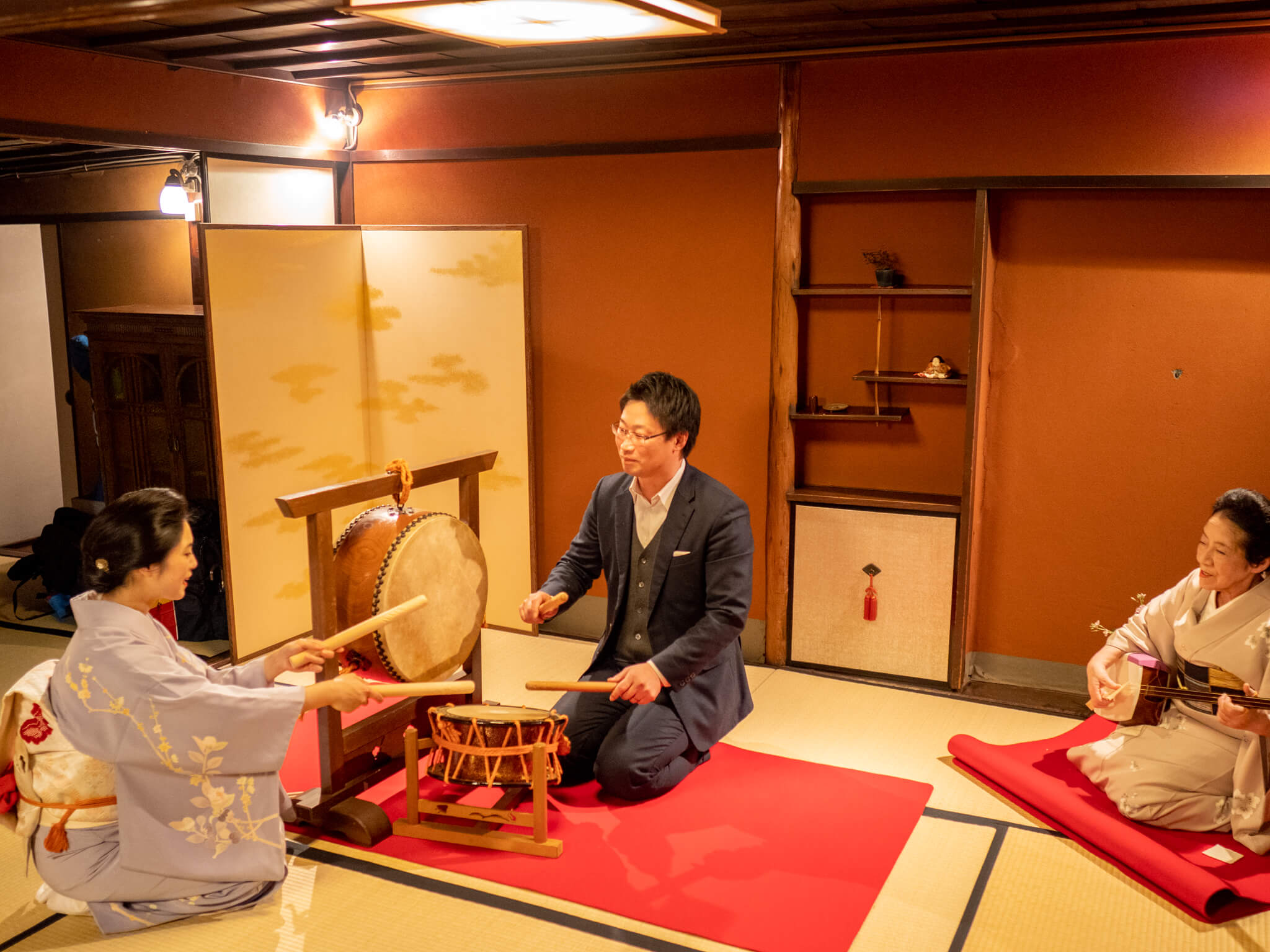

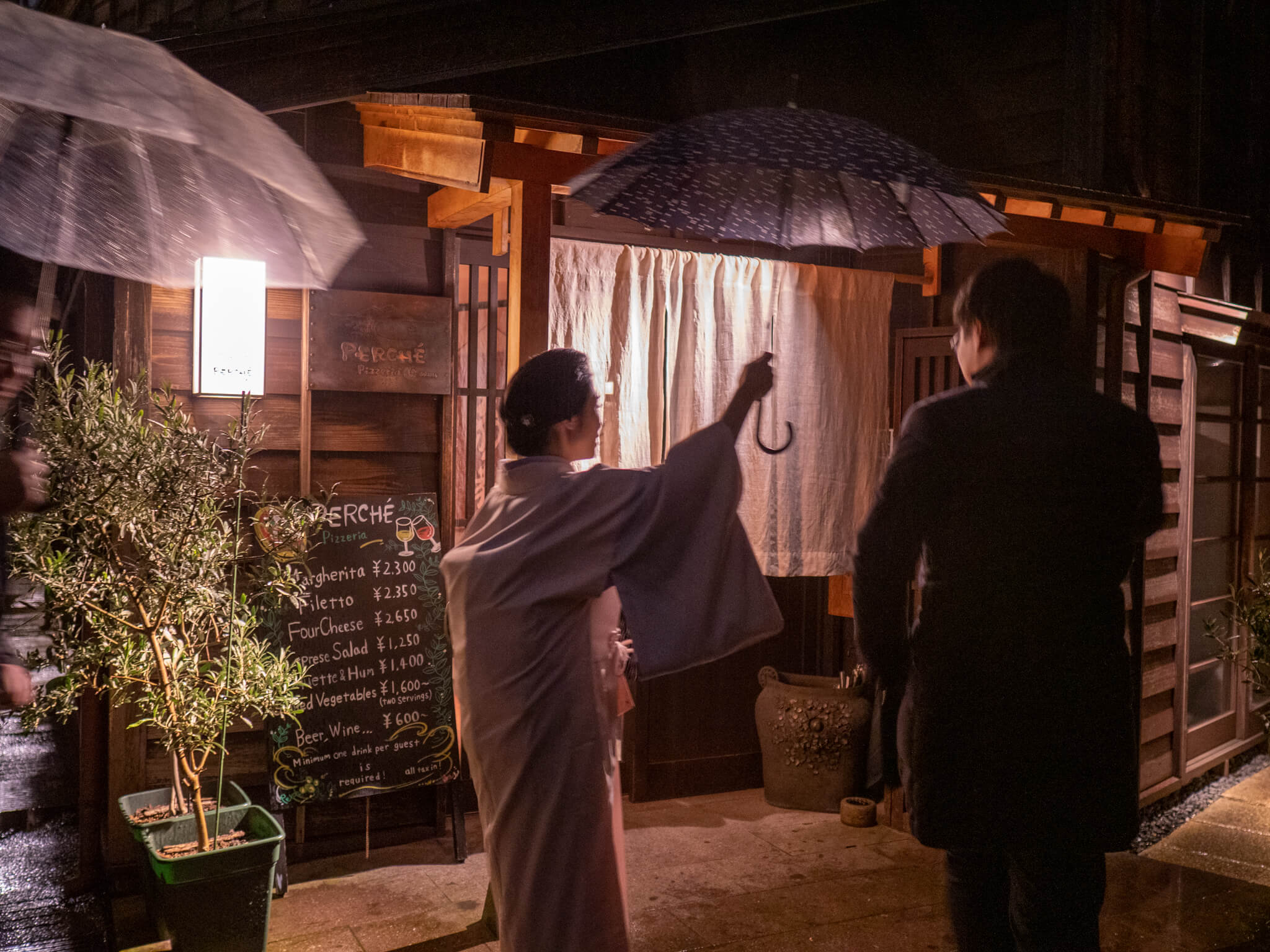


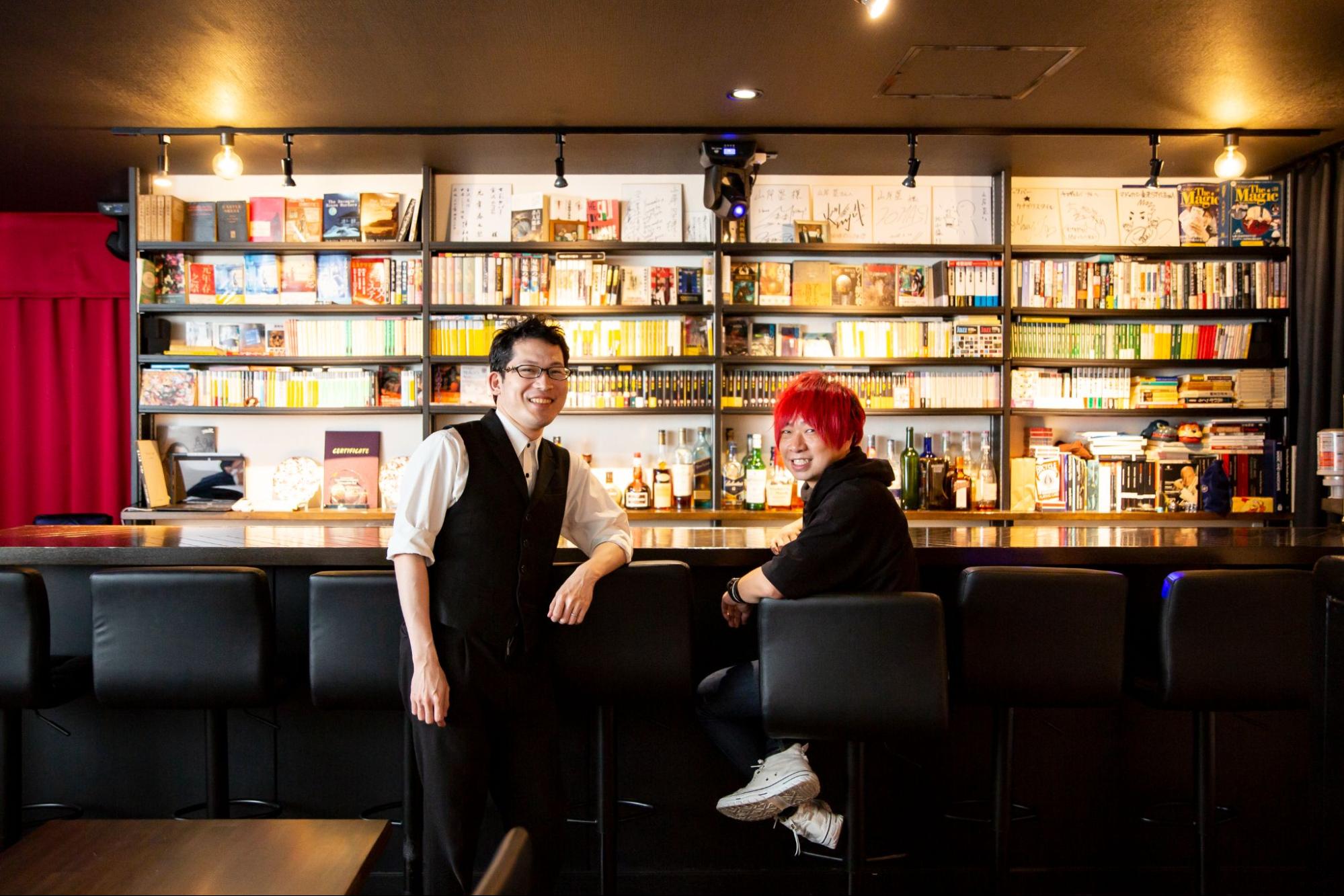




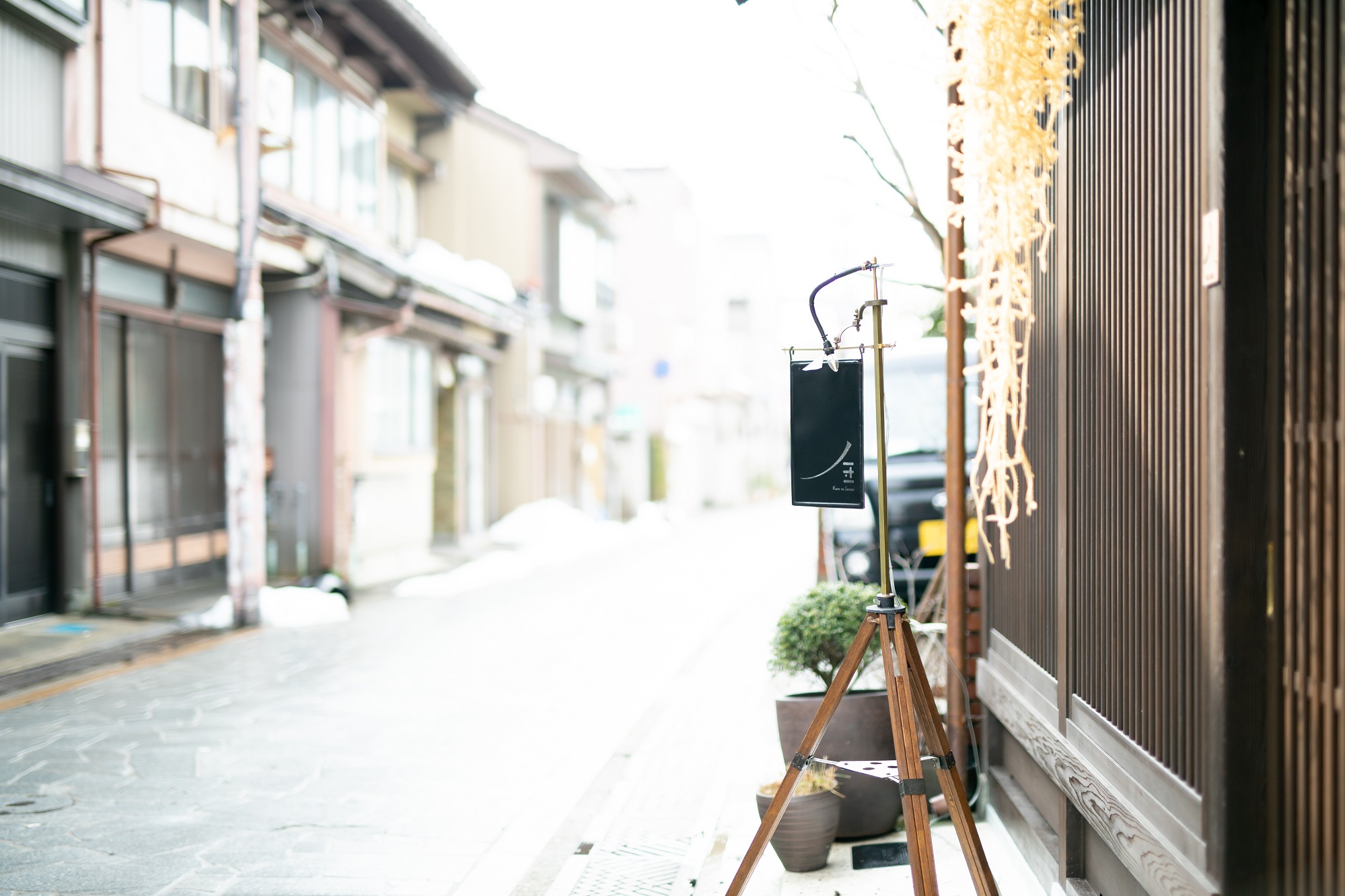

Like op-ed
For this article, we are waiting for your positive, constructive and responsible opinions and comments. Only members can post.
Only members can post. please login.